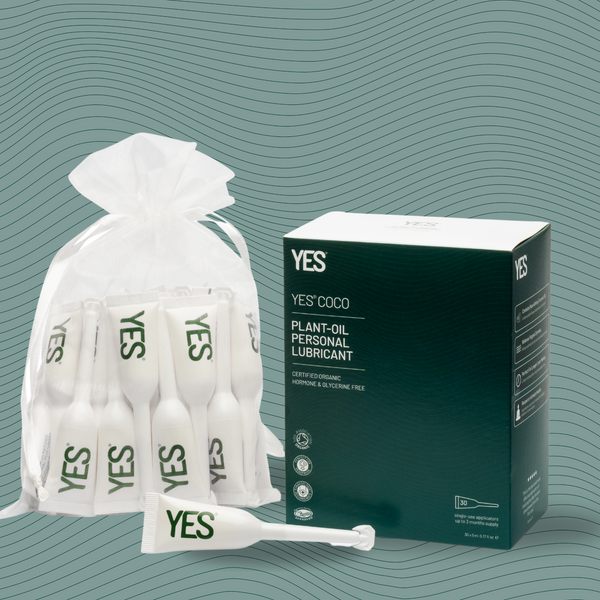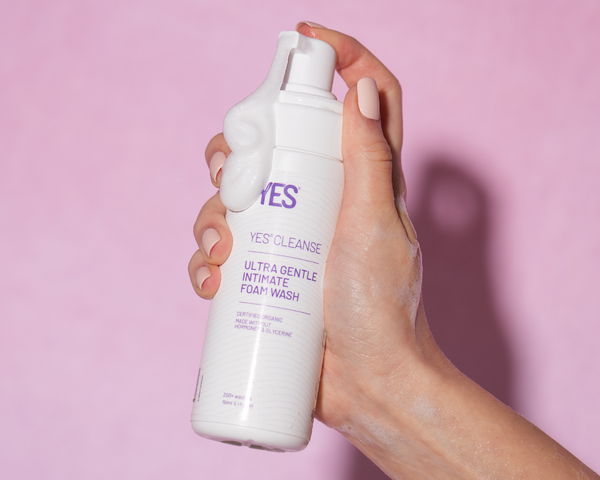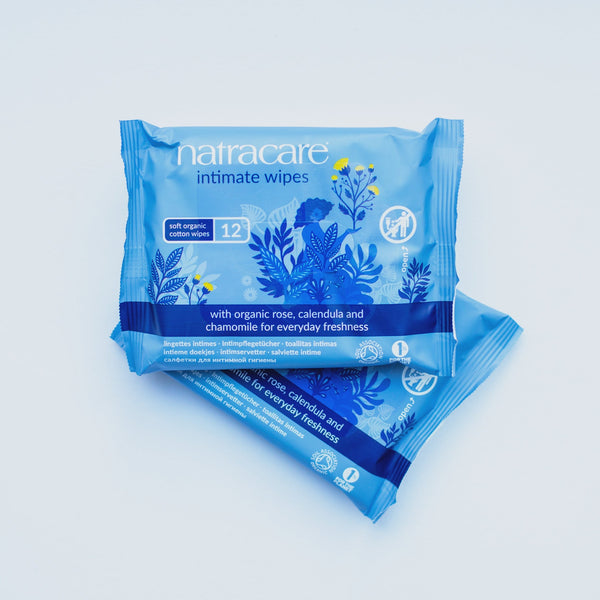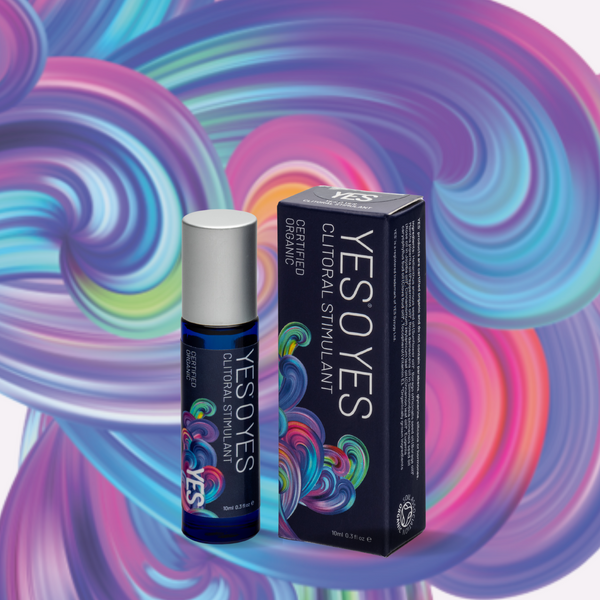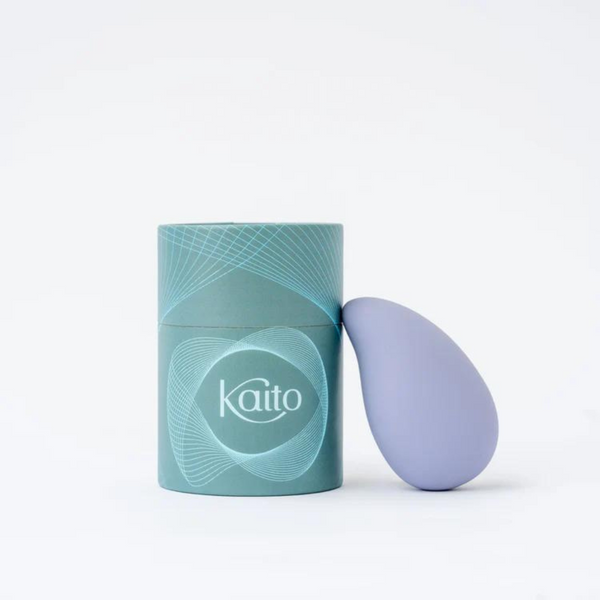 All Blogs
All Blogs
When reading around a topic, educating yourself can sometimes be made harder by the terminology used, and menopause is one of those subjects with a complex lexicon all its own. After all, when it comes to menopause vocab, why would you be familiar with it until, you know, you need to be?
Amenorrhoea
The absence of a woman's monthly period.
Atrophic vaginitis
Drying and inflammation of the vaginal/vulval mucosa
Bladder
The sac that holds urine.
BMS
British Menopause Society. The WHC is the patient arm of BMS
BV (Bacterial Vaginosis)
Bacterial vaginosis is a type of vaginal inflammation caused by the overgrowth of bacteria naturally found in the vagina, which upsets the natural balance. Women in their reproductive years are most likely to get bacterial vaginosis, but it can affect women of any age.
Cervix
The neck of the uterus, at the top of the vagina
Climacteric
The period of life when fertility and sexual activity are in decline; (in women) menopause – really the medical term for menopause
Clitoris
A sensitive, erectile part of the female genitals that is visible at the top of the vulva. The clitoris is actually a much larger organ that is mostly inside the body and is largely responsible for female sexual pleasure. You can find out more about this amazing and mysterious organ here. https://www.youtube.com/watch?time_continue=7&v=dg2RoARuAHM
Complementary therapy
Covers a wide range of therapies often not endorsed by the medical community e.g. acupuncture / massage therapy and supplements e.g. black cohosh.
Dysmenorrhea
Pain associated with menstruation
Dyspareunia
Pain during intercourse
Dysuria
Pain when urinating
Formication
Irritating sensations to the skin, ranging from severe itching to phantom symptoms of “ants crawling on their skin” experienced by some perimenopausal women.
GSM
Genitourinary syndrome of menopause - A collection of symptoms and signs associated with decreased oestrogen and other sex steroid levels that can involve changes to the labia, clitoris, vagina, urethra, and bladder. The term includes symptoms associated with menopause affecting the vaginal area as well as the lower urinary tract.
Hot flush/flash
Hot flushes usually affect women who are approaching the menopause and are thought to be caused by changes in your hormone levels affecting your body's temperature control, also known as vasomotor symptoms.
HRT
Hormone replacement therapy (HRT) is the most effective and widely used treatment for menopausal symptoms. As its name suggests, it is a way of replacing hormones lost during the menopause. HRT is available in a variety of formats that include topical / oral Tablets / patches / gels / vaginal creams / pessaries / rings
Hysterectomy
Surgical removal of the uterus. Does not result in menopause but ends menstrual periods and fertility. The term is often mistakenly used to describe removal of the uterus and both ovaries, which does result in surgical menopause.
Incontinence
Involuntary leakage of urine
Induced menopause
Induced menopause is defined as the cessation of menstruation which follows either surgical removal of both ovaries (with or without hysterectomy) or iatrogenic ablation of ovarian function (e.g. by chemotherapy or radiation)
Labia (minor and majora)
Labia is a Latin-derived term meaning "lips." The labia majora, also known as the outer lips, are folds of skin on either side of the opening to the vagina and are covered with hair in most adult women. If you spread them open, you will find the labia minora or the inner lips.
Menopause
The time of a woman’s last menstrual period
Night sweats
Hot flashes that occur at night that can interfere with sleep, even if they are not strong enough to cause awakening. If heavy perspiration occurs, the condition is called night sweats. Although it is a myth that menopause makes a woman irritable, inadequate sleep causes fatigue, which may lead to irritability. See also Hot flashes.
Nocturia
Needing to pass urine at night
Oestrogen (Estrogen)
The main female hormone, produced mainly by the ovaries
Pelvic floor
Muscles supporting the pelvic organs
Pelvic Floor or Kegel exercises
Exercises to strengthen the pelvic floor muscles and help prevent urinary incontinence
Perimenopause
The transition between the ovaries producing eggs and when they produce less oestrogen leading to some menopause symptoms
POI
A condition that occurs at an earlier age than 40 in which many periods in a row are skipped or there are no periods at all, which can be a sign of menopause or of very few eggs left in the ovaries. POI differs from premature menopause, however, in that ovarian activity may resume.
Post menopause
The time in a women's life after the menopause (see Menopause)
Premature or early menopause
See POI/Premature Ovarian Insufficiency
"SurMeno"
A shortening of the term ‘Surgical Menopause’.
Surgical Menopause
Surgical Menopause is menopause brought on by the surgical removal of the ovaries.
Thrush
An overgrowth of the fungus Candida Albicans, especially in the vagina
Urethra
The urethra is a thin, fibromuscular tube that begins at the lower opening of the bladder and extends through the pelvic and urogenital diaphragms to the outside of the body, called the external urethral orifice
Urinary tract infections / UTIs
A urinary tract infection (UTI) is an infection in any part of your urinary system — your kidneys, ureters, bladder and urethra. Most infections involve the lower urinary tract — the bladder and the urethra. Women are at greater risk of developing a UTI than are men.
Vagina
The muscular, tubular part of the female genital tract that joins the cervix (the lower part of uterus) to the outside of the body. The vagina allows for sexual intercourse and childbirth and for the release of the menstrual flow.
Vaginal Atrophy
A condition in which oestrogen loss causes tissues of the vulva (the external parts of the female genital organs) and the lining of the vagina to become thin, dry, and less elastic. Vaginal secretions diminish, resulting in decreased lubrication. See also Genitourinary syndrome of menopause.
Vaginal dryness
Inadequate lubrication of the vagina that can be caused by low oestrogen levels, medication, or lack of sexual arousal.
Vaginal moisturiser
A product designed to hydrate, soothe and moisturise the internal vaginal walls when vaginal dryness is experienced. This differs from a vaginal lubricant in that a moisturiser is not used to aid sexual penetration but is for day to day vaginal hydration and comfort.
Vaginitis
Inflamed vaginal tissues that result in vaginal discharge, burning, or irritation. Tissues may be prone to injury, tearing, and bleeding during sexual intercourse or a pelvic examination.
Vulva
The external parts of the female genitalia (lips or labia) around the opening of the vagina.
VVA Vulvovaginal Atrophy
Vulvar and vaginal atrophy (VVA) is a condition associated with menopause. Its symptoms include dryness, discomfort, and pain in the vaginal and vulvar areas. (The vulva is the genital area outside of the vagina.) Some women have itching, burning sensations, and vaginal discharges as well.

Sources:
- The North American Menopause Society. Menopause Practice: A Clinician’s Guide. 5th ed. Mayfield Heights, OH: The North American Menopause Society; 2014. The North American Menopause Society. The Menopause Guidebook. 8th ed. Mayfield Heights, OH: The North American Menopause Society; 2015.
- https://www.issm.info/sexual-health-qa/what-is-vulvar-and-vaginal-atrophy-vva/
- https://www.mayoclinic.org/diseases-conditions/urinary-tract-infection/symptoms-causes/syc-20353447
- www.nhs.uk
Empower yourself
Read more about the changes your body goes through during peri menopause and post menopause.



